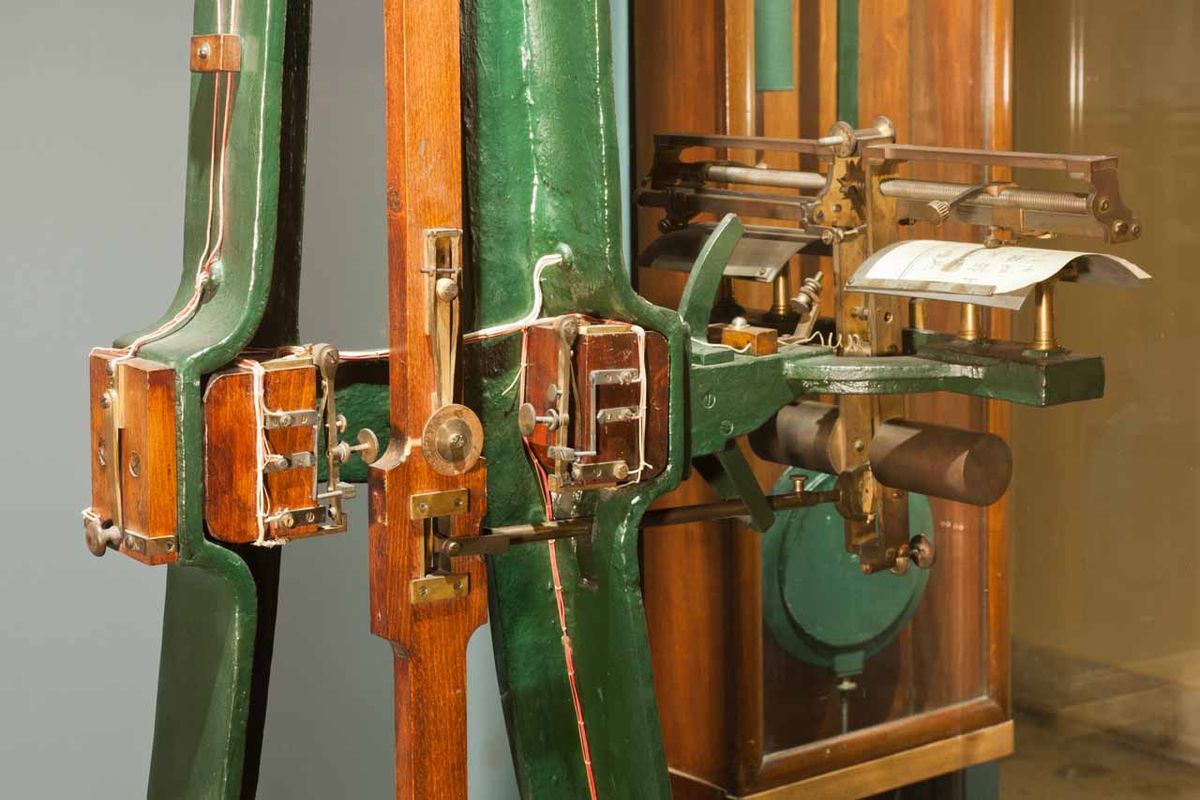About
Long before ASCII images or the fax machine, there was another way to send an image: the pantelegraph. Using a swinging pendulum to scan the image, the recipient would receive it via an electric current passed through a paper at each point where the "scanner" saw dark, and chemicals in that paper would dye it.
This contraption was invented by Giovanni Caselli in the mid-19th century. While teaching at the University of Florence, Caselli dedicated much of his time to studying how images could be transmitted via telegraph. Working with the French engineer Paul-Gustave Froment, he produced the first pantelegraph in 1858. Caselli's invention had captured the attention of prominent leaders including Leopold II, Grand Duke of Tuscany, and Napoleon III.
In November 1860, the long-distance capabilities of the pantelegraph were put to the test. Using a telegraph line between Paris and Amiens, Caselli successfully sent a copy of composer Gioacchino Rossini's signature over a distance of 87 miles (140 km).
The pantelegraph worked very slowly, requiring nearly two minutes to transmit a four-inch by one-inch image. Because of this, it was most commonly used by banks to verify signatures. (As anyone who has tried to sign electronic documents can attest is still a pain in the behind!)
Very few original pantelegraphs have survived to this day. But a replica that was created in 1933 can be found on display at the Museo Nazionale Scienza e Tecnologia Leonardo da Vinci, in Milan, Italy.
Related Tags
Flavors of Italy: Roman Carbonara, Florentine Steak & Venetian Cocktails
Savor local cuisine across Rome, Florence & Venice.
Book NowPublished
February 8, 2022
























